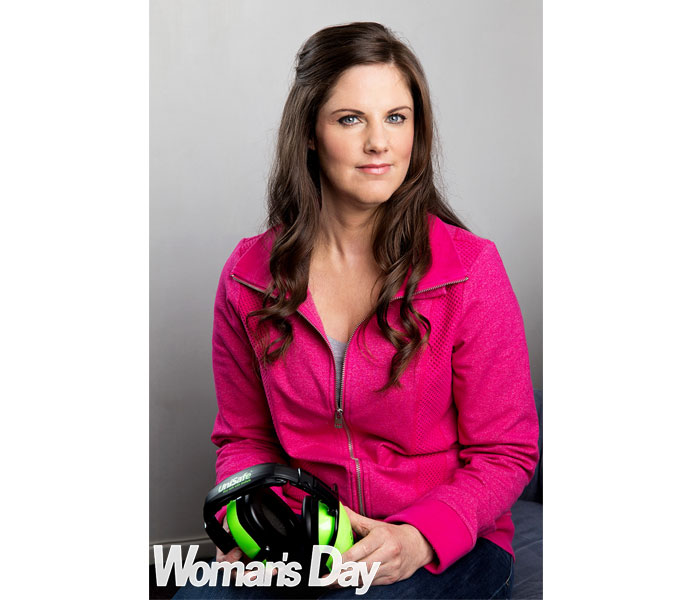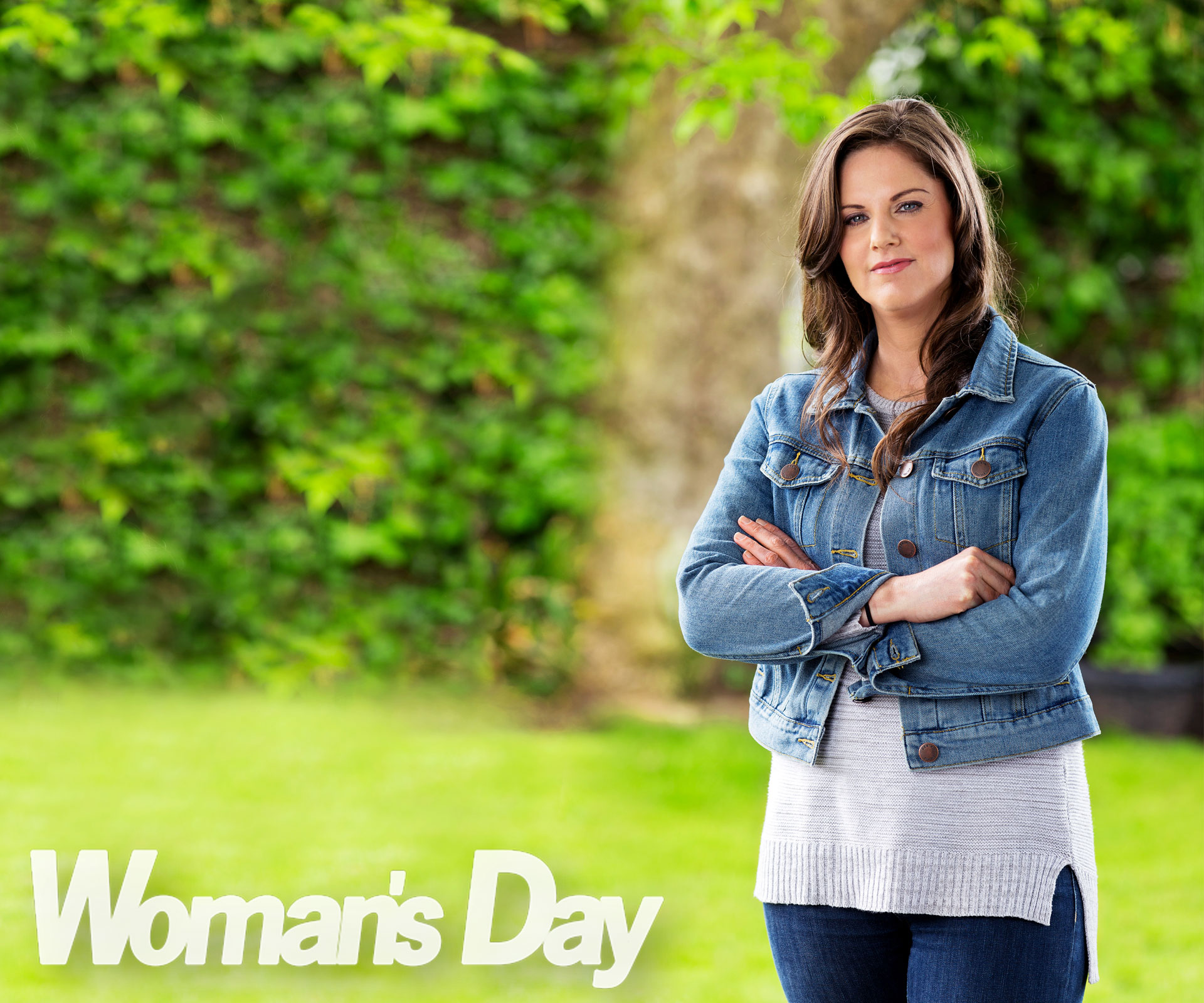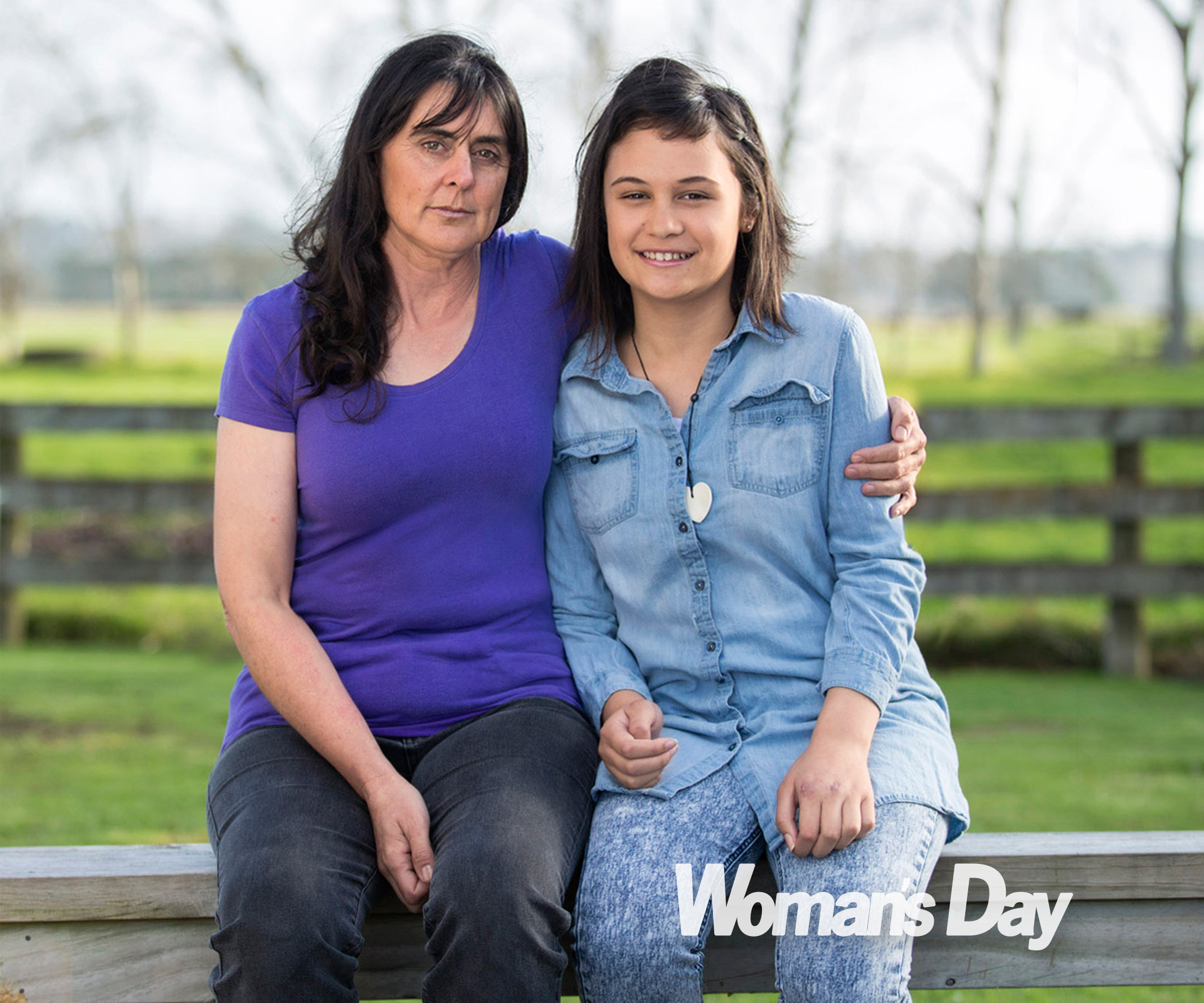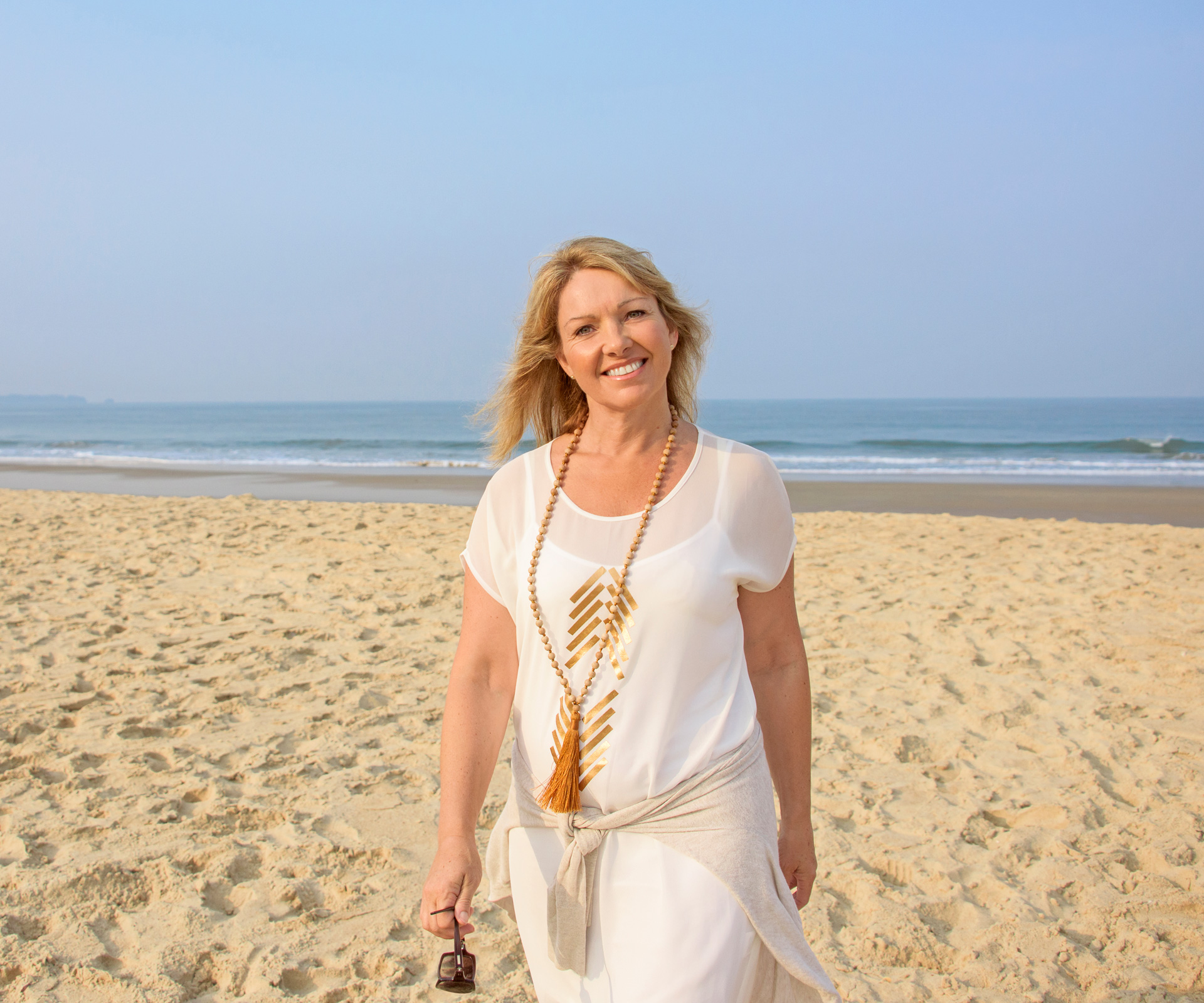Five years ago, Diana Spratt was living the dream on the Gold Coast – working at a job she loved, going to the gym and catching up with her tight-knit group of friends. “Life was awesome,” she says simply.
But in 2011, her life would change forever. Without leaving her desk, Diana suffered an almost-invisible workplace injury that stole the healthy, fun-loving and meaningful existence she once had.
“I can’t work or even socialise any more,” reveals the 41-year-old Aucklander, who is single and now lives in a flat in the Waikato. “This accident has taken away five years from me. I could have done so much in that time – continued my volunteer work, travelled and started a family.”
The event that changed her life irreparably happened on “an ordinary” day at work. She was sitting at her desk in a call centre when she was startled by a high-pitched frequency. “The computer server room over-heated and an alarm went off – it was as simple as that,” she remembers.
After six months of crippling migraines, ear problems, vertigo and nausea, Diana was forced to quit work. “I didn’t want to stop, I loved my job. But I collapsed on the floor and couldn’t keep going.”
An Australian medical team, including an ear, nose and throat specialist and a senior audiologist, diagnosed her with acoustic shock disorder (ASD), which is an involuntary trauma reaction that can occur after exposure to a sudden high frequency sound.

Headphones don’t help Diana and everyday sounds can make her so nauseous that she vomits, so her dream now is to build a sound-proof home “in the middle of nowhere”.
Diana describes the pain as like being stabbed in the ear with a toothpick. But perhaps even more debilitating is her extreme sensitivity to ordinary, everyday sounds. Rain falling on the roof of her flat, the fridge humming or people talking in the same room is enough to make her vomit from pain and see her take to her bed for days with a migraine.
“Put simply, I’m allergic to noise,” she tells.
Diana says she nearly jumped out of her skin when the alarm sounded at work on a winter’s day in 2011. “You know that startle reflex when you jump? That’s what happened,” she explains. While most of the other call centre staff members were moved to another part of the building, Diana wasn’t.
“I was around the side of the computer server room. Management must have thought I was sheltered,” she tells. “If I knew then what I know now, I would have just left that day.”
Diana says by the time she got home, she was “a mess”. Her head was pounding, she had stabbing pains in her ears, her balance was out and she felt nauseous. Although her ability to hear hasn’t been affected, she has since developed five different types of tinnitus – a perception of noise or ringing in her ears.
“I have two high-pitched noises,” says Diana. “One that sounds like a lawnmower, one that sounds like a helicopter and one that – believe it or not – sounds like traffic.” Because ASD is largely invisible, Diana is used to people treating her with scepticism. “It’s not like losing a limb, where people can see the injury – it’s inside my ear,” she explains.
For Diana, life has become lonely and difficult. Because the simple task of talking and listening is physically painful, she often hides herself away at home. She used to love going to the gym, but the noise of the music and weights makes it nearly impossible.
She reveals, “Even going to the supermarket is a nightmare – all that beeping as they scan the food. Once a toddler screamed and I was literally bedridden for two weeks. How do you live in a world without noise? It’s nearly impossible.”
Diana says she has tried everything to overcome her disorder. Her doctors have prescribed her painkillers, sedatives and anti-nausea medication, and she has attempted sound therapy
to try and desensitise her to various noises. “But nothing has worked,” she tells.
The obvious answer to her sound aversion is to wear headphones, but the bud variety that fit inside the ear are too painful and the others have little effect. “I have been at my wits’ end – I have been sick, so incredibly sick,” she laments. “It’s been devastating.”
Diana has been back in New Zealand for a year now and is determined to claw her life back. Although she has connected with other people overseas with ASD, she hasn’t managed to find anyone here with the same syndrome.
“You can’t see it, people haven’t heard of it and there’s no cure,” she says. “That all contributes to the feelings of isolation.”
While she has suffered from depression and anxiety in recent years, she is optimistic her mental health is on track. “I’ve realised I can’t control my disorder and I just need to accept it,” she asserts. “What I need to do now is to change the environment I live in.”
So Diana is crowdfunding to build her own sound-proof home. “My dream is a purpose-built home in the middle of nowhere, so I can minimise the triggers that affect my health.”
She says it would be a place to settle down, away from the everyday noises that most of us take for granted – but for her are debilitating.“I would just like a chance to be happy again,” says Diana. “And live in a world without so much pain.”


